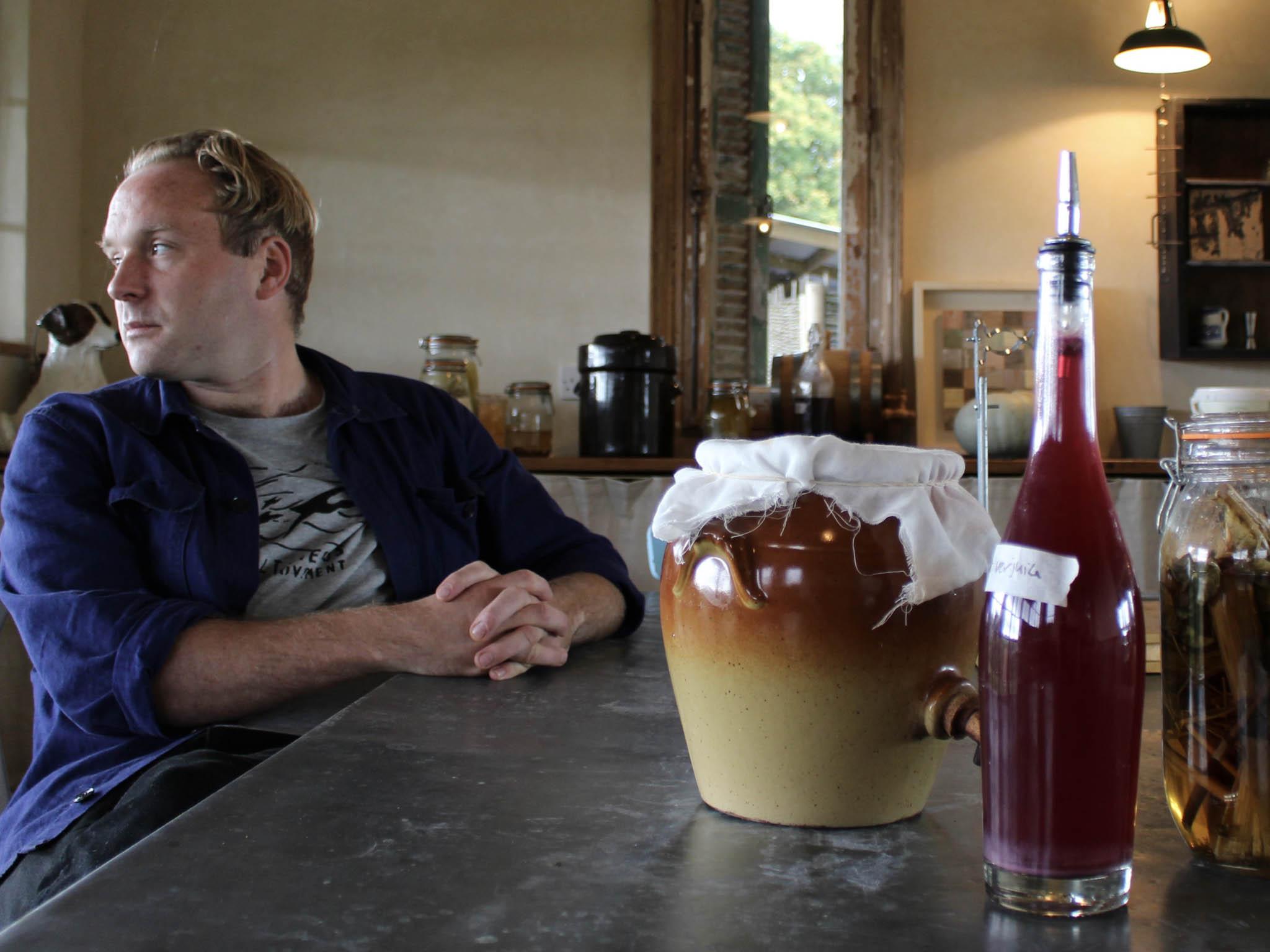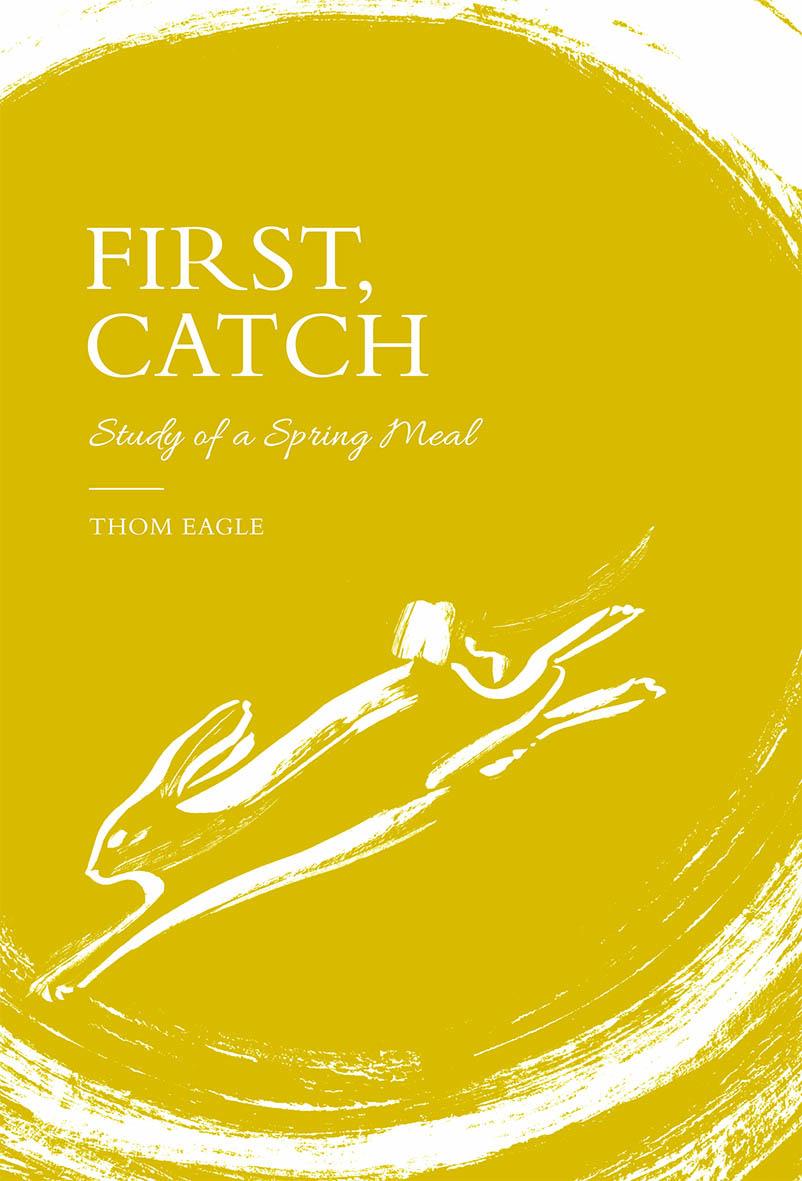Thom Eagle on recipe ownership, food compliments and the lack of native ingredients
Is the prep really worth the minimal vaguely enthused thanks that comes from your diners and is a recipe really ever your own? Thom Eagle thinks not...

Your support helps us to tell the story
From reproductive rights to climate change to Big Tech, The Independent is on the ground when the story is developing. Whether it's investigating the financials of Elon Musk's pro-Trump PAC or producing our latest documentary, 'The A Word', which shines a light on the American women fighting for reproductive rights, we know how important it is to parse out the facts from the messaging.
At such a critical moment in US history, we need reporters on the ground. Your donation allows us to keep sending journalists to speak to both sides of the story.
The Independent is trusted by Americans across the entire political spectrum. And unlike many other quality news outlets, we choose not to lock Americans out of our reporting and analysis with paywalls. We believe quality journalism should be available to everyone, paid for by those who can afford it.
Your support makes all the difference.I often think that there is no real verbal compliment that can honestly be paid to food, at least at the time of eating; anything more than a greasy thumbs-up and a quick smile in between chews betrays itself as empty words, and really the rhythmic clink of cutlery on crockery under a sort of silent hum of concentration is the best response of all.
Whatever compliment is paid though, however much your eaters enthuse and ask you for the recipe, the time spent eating and the joy elicited never seem quite commensurate to the time invested in cooking. All those hours of chopping and slicing and pounding, of braising, boiling and whipping – and that’s just the hands-on part. Think of the time spent fermenting, brining, drying, ageing, the time catching and landing the mackerel, digging and planting and sowing; think of the life the rabbit lived, months or even years before anyone thought of shooting or trapping it.
Then, of course, there are the recipes, the stories that we started thinking about a long time before this meal began, which are both the most basic form of writing about food and the most refined and complex, each one capable of carrying hundreds or even thousands of years of history within a few sparse lines.
In this country especially, where almost nothing, plant or animal, is truly native, where our connections to our own traditions seem, at some point, to have been irrevocably severed, and where, through a combination of subjugation and conquest, trade and war, spices, fruits and cured delicacies have so often found their way from every end of the earth, every recipe is always pointing to something else. It might express the family background of the author, their travels or interests; it might, on the other hand, express the vastness of a now-lost empire or the particular climate of a few miles of the Mediterranean coast. It could, most likely, contain all of these things and more.
When I read a recipe which the author stresses is their own unique and distinctive take on perhaps a traditional family recipe or, worse, on a recipe that they have encountered while on holiday somewhere, I swiftly lose my appetite
If, for example, you begin a recipe with two large onions, sliced, then you are asking for something which would be impossible had the Roman Empire not spread itself across and around the sea, and to what were then the edges of the world; add a pinch of chilli flakes and some tinned tomatoes to the mix, and the edges of that world expand, heading westwards and back aboard the Santa Maria. A few threads of saffron expands them in the opposite direction, in the footsteps of the ancient Persians, whose civilization reached from India right to the edge of Europe, while a piece of gurnard, say, or perhaps monkfish or squid, sends them plunging to the dark depths of the sea. You could be cooking anywhere in the world, even in a small kitchen in East Anglia, and you would be not just reaching out to those distant places and times but touching them with your hands. Accidentally, too – since I picked those few ingredients at random – you are reaching out to Marseilles and to the fine fish soup of the south of France.
Recipes of recent provenance might have a distinct author or at least a chain of authors, of inspiration and ingredients handed from kitchen to kitchen, and these authors will of course have stories of their own, of how it happened that they stumbled upon this particular preparation of raw materials, of where they did so and why, and so on. Whether all or indeed any of this is – or even should be – apparent in the eating is quite another matter. When I read a recipe which the author stresses is their own unique and distinctive take on perhaps a traditional family recipe or, worse, on a recipe that they have encountered while on holiday somewhere, I swiftly lose my appetite, even if all they have done is added or substituted in a slightly more fashionable spice, a foraged herb, or an obscure and unpronounceable cheese. I am no culinary purist, and certainly do not believe that there is only one perfect and unchangeable iteration of every dish you could imagine, but the mania for ownership of recipes, the insistence on solitary creative genius as the driving force in cuisine, is one I really cannot understand. Recipes, like all stories, are the work of many hands over many generations, and to participate in this process in whatever way should be its own reward.
In many cases, in fact, the sign that you have done so well is that nobody notices your input; that, far from clamouring for recognition, your cooking melds seamlessly into the dish’s long history, which at times, it seems, you can feel the weight of as you eat.
I am not sure what it is about some flavours that makes them seem to resonate in this way. Lawrence Durrell writes of the taste of black olive, as ‘old as cold water’, which, while not strictly true, olives requiring a great deal of human intervention in order to become edible, is certainly evocative. I mentioned before how celery seed tastes somehow ancient to me, stemming from a time when herbs and spices were as much medicine and magic as food. Certainly some cuisines bear the marks within themselves of great clashes of cultures and of particular moments in history.
Go to Spain, for example, and you will see everywhere memories of the Inquisition in solid form, in the mountain hams, chorizos and sausages which hang in their hundreds in every tapas bar, bodega and restaurant; in times when anti-Semitic and anti-Islamic feelings were at their height, the Catholic Inquisition could and did demand to search your larder, to check that it contained the pork products forbidden to the other Abrahamic religions.
To pick another example, the cuisine of Sicily, which can be distinguished from the (by no means homogenous) cooking of mainland Italy by the enthusiastic use of spices and fruit with meat and fish, and by the rococo exuberance of its pastry and desserts, as much as it can be linked to it by the flash of brazen simplicity and the absolute ubiquity of the anchovy, wears its history very much on its sleeve.

The earliest surviving European cookbook, Archestratus’ Art Of Luxury, comes from Sicily, at the time a Greek colony and before that the richly abundant home of the one-eyed Cyclopes.
Since then the island has been invaded, subjugated or simply bartered by or between Romans, Vandals, Byzantines, Normans and Arabs, and by German, Spanish and French royalty, and you could, if you ate your way around the island, find traces of all of these.
Extracted from First Catch: Study of a Spring Meal by Thom Eagle. Published by Quadrille (£16.99)
Join our commenting forum
Join thought-provoking conversations, follow other Independent readers and see their replies
Comments